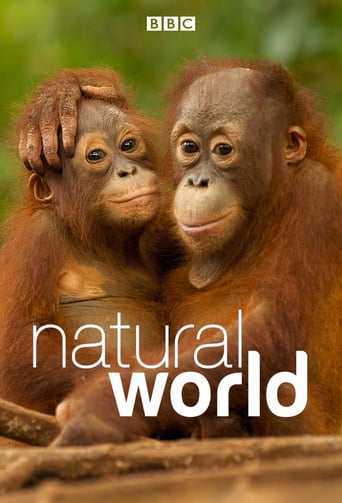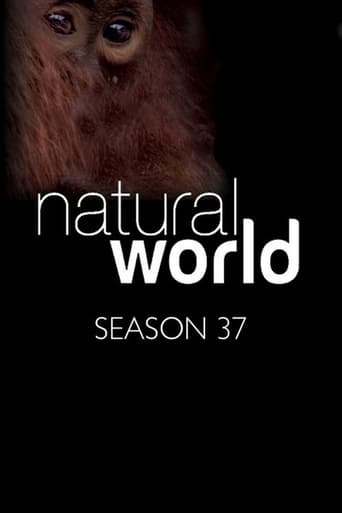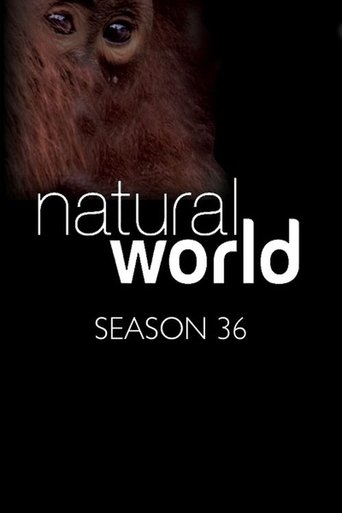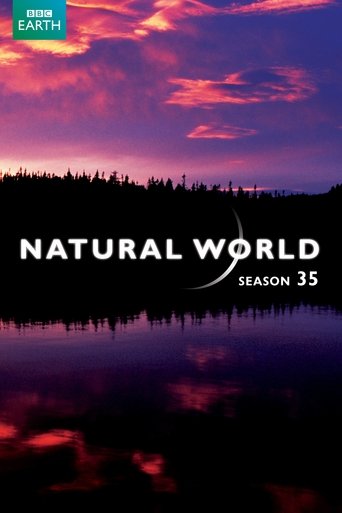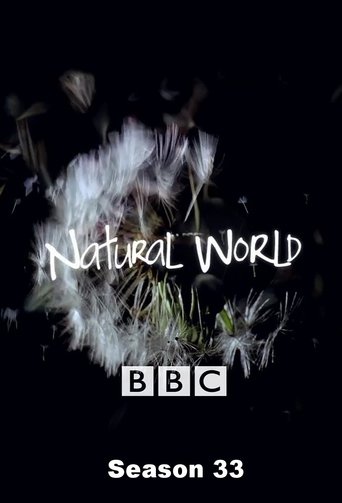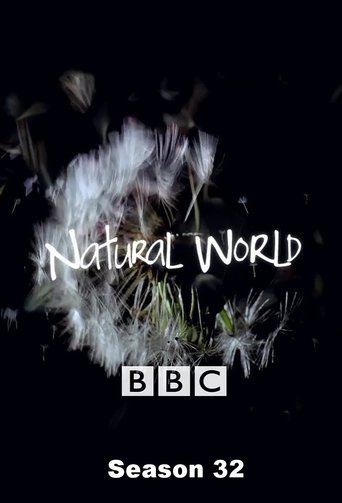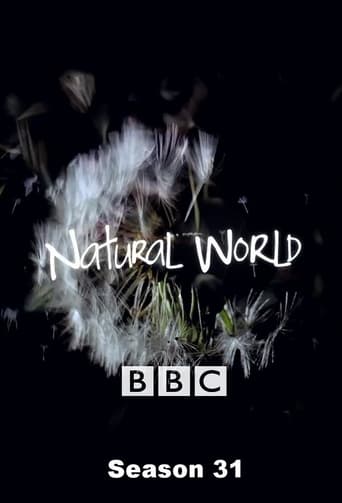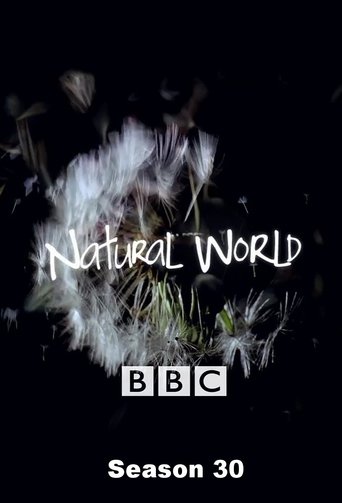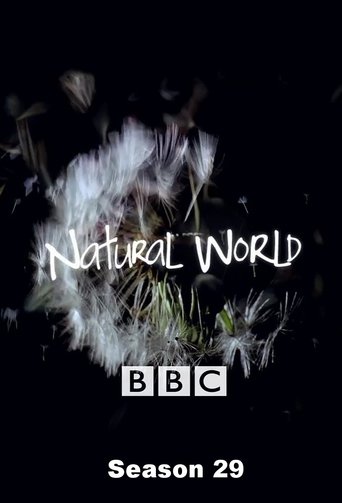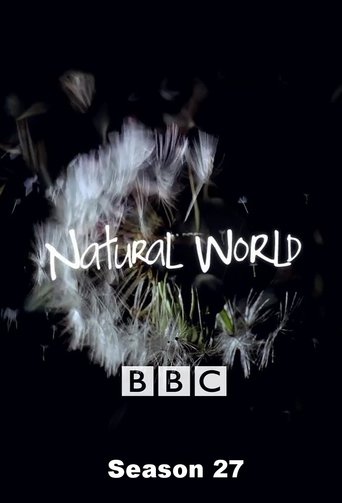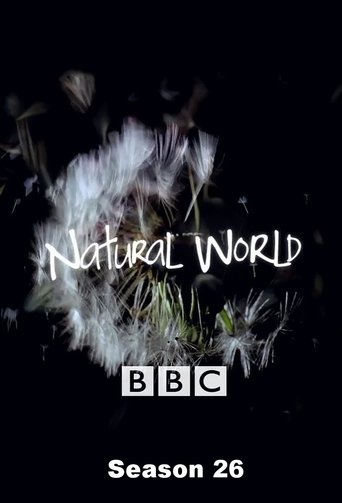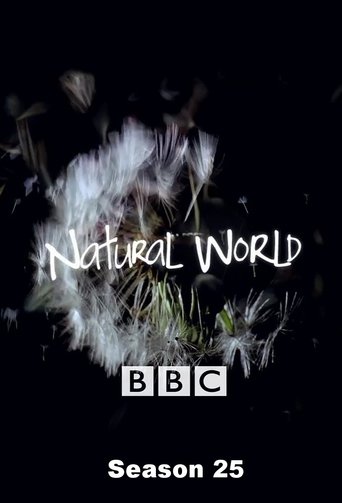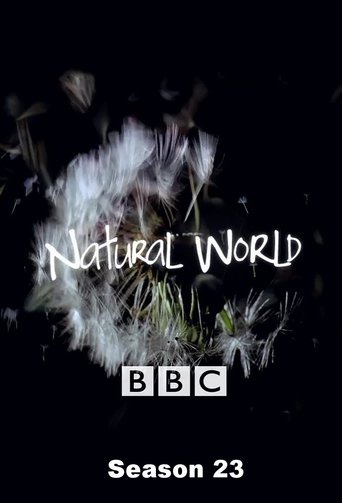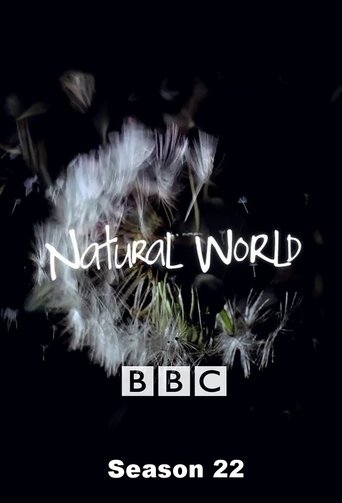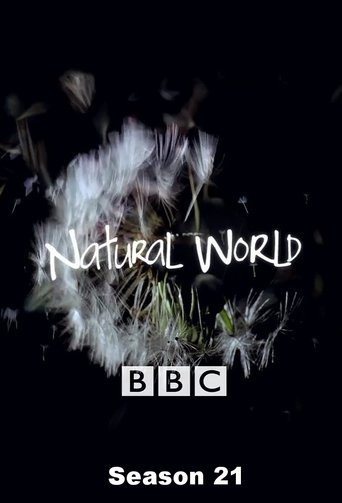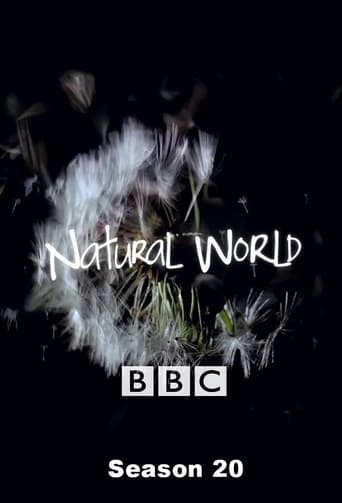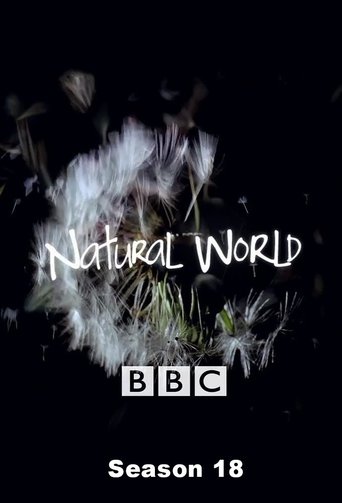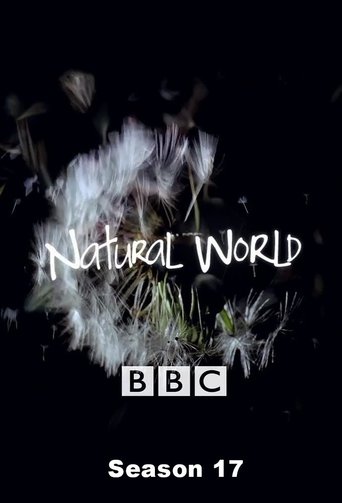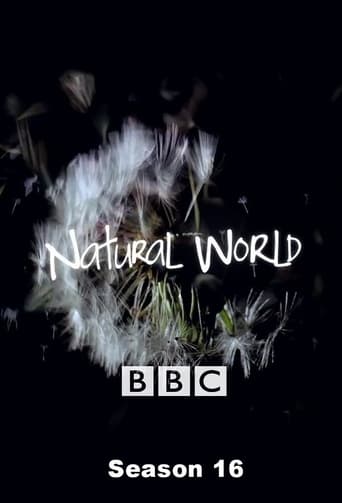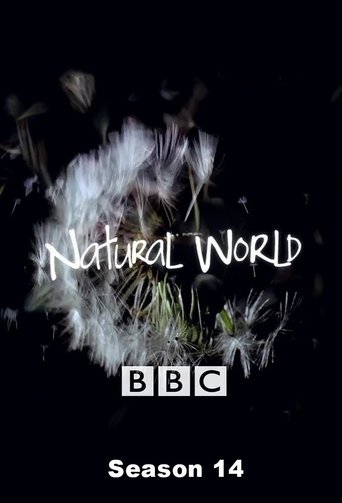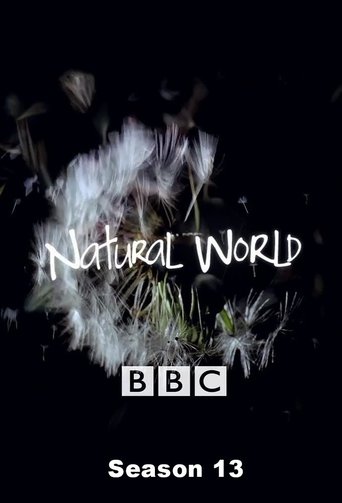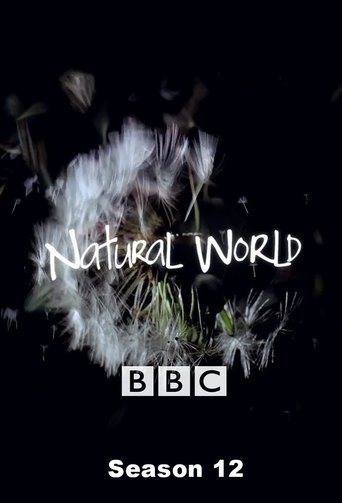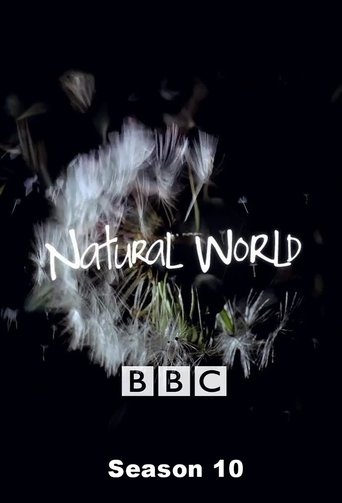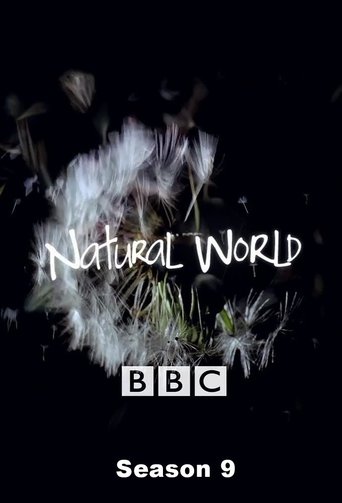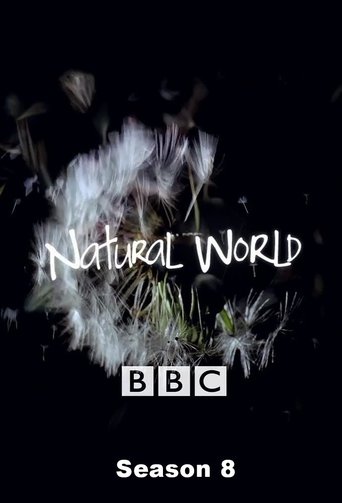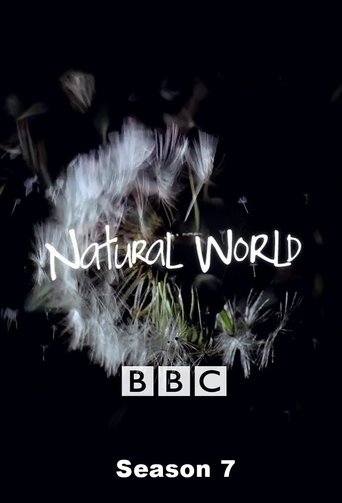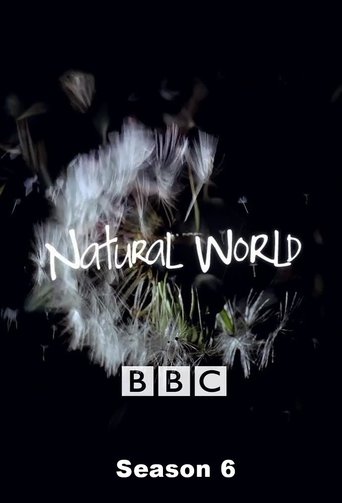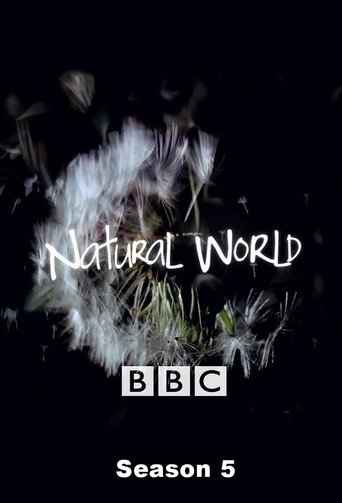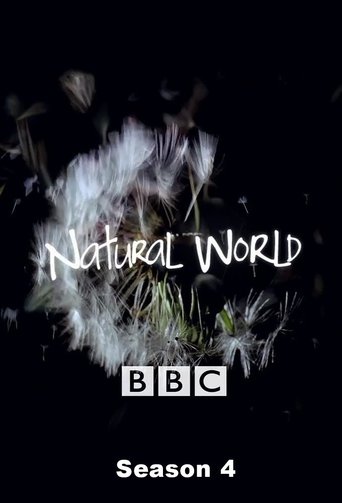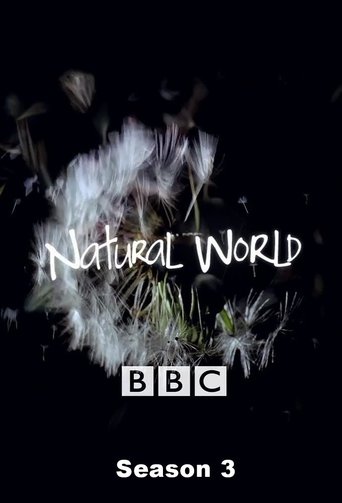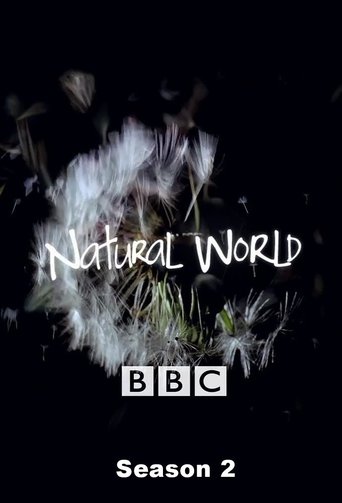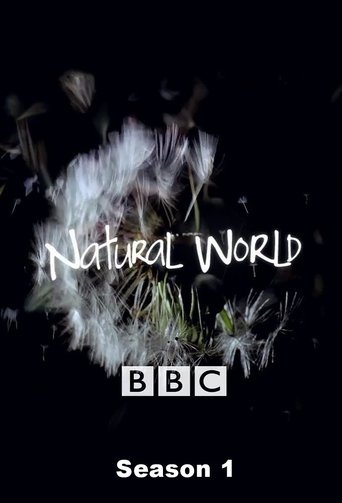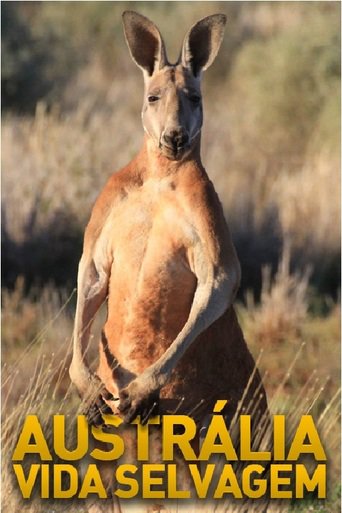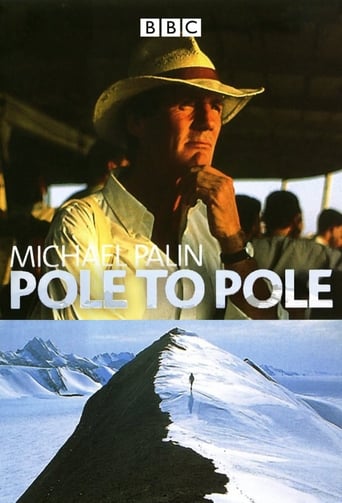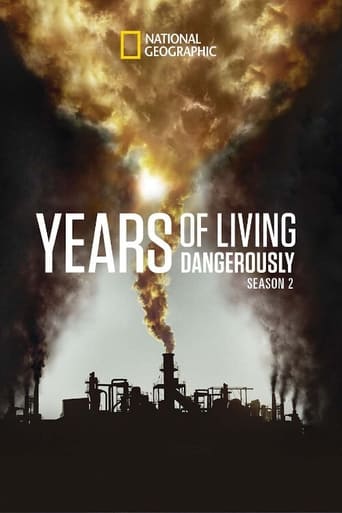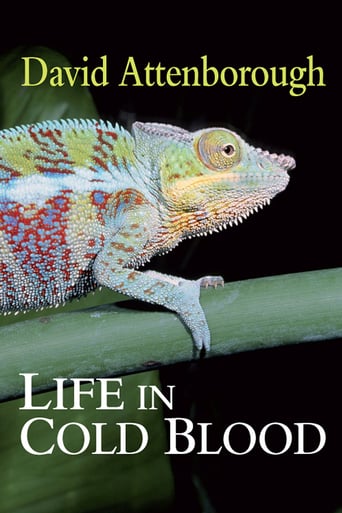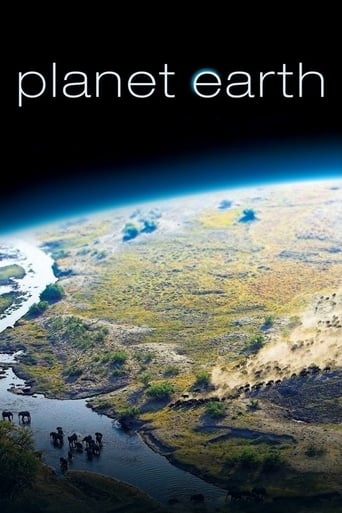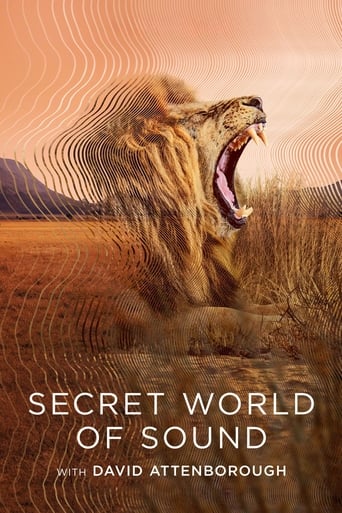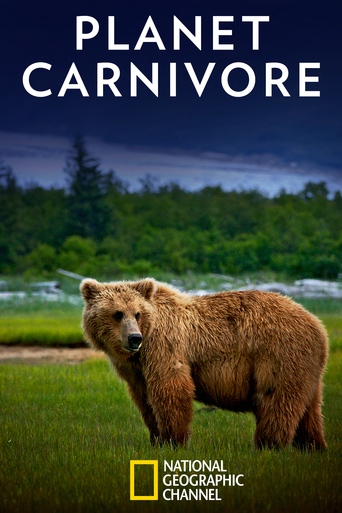Natural World Season 8
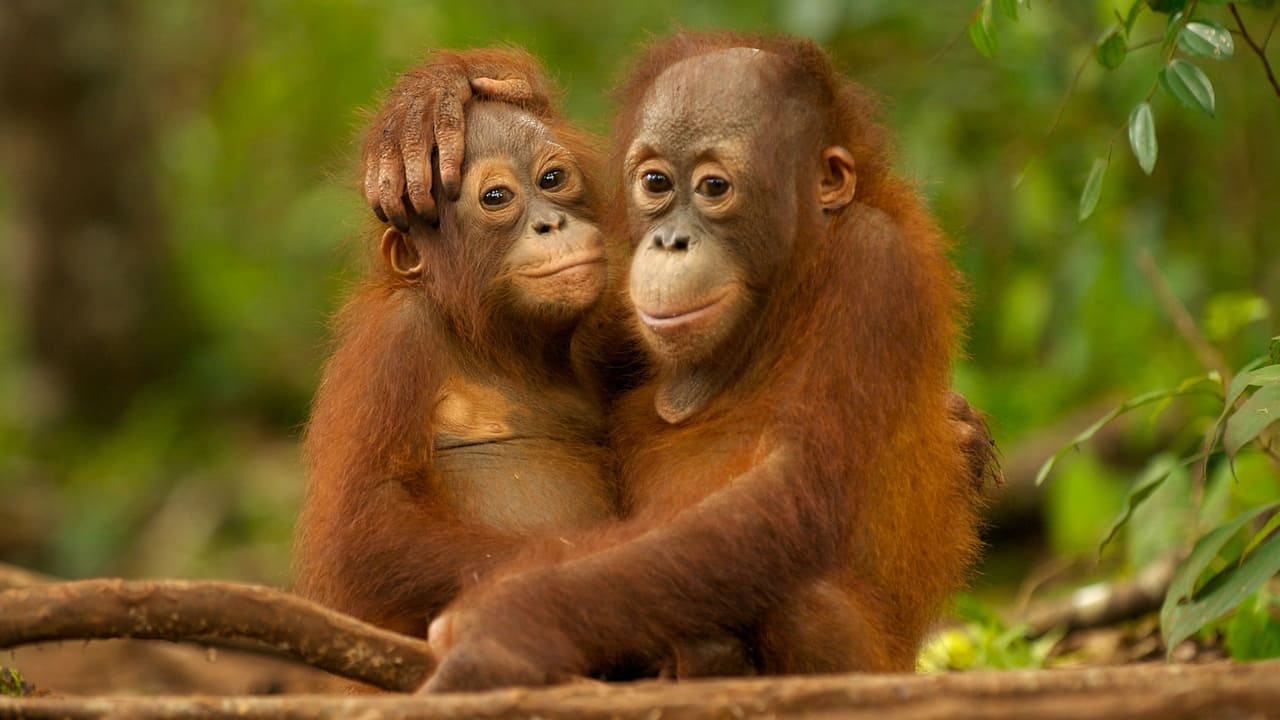
Natural World is a nature documentary television series broadcast annually on BBC Two and regarded by the BBC as its flagship natural history brand. It is currently the longest-running series in its genre on British television, with more than 400 episodes broadcast since its inception in 1983. Natural World is produced by the BBC Natural History Unit in Bristol, but individual programmes can be in-house productions, collaborative productions with other broadcasters or films made and distributed by independent production companies and purchased by the BBC. Natural World programmes are often broadcast as PBS Nature episodes in the USA. Since 2008, most Natural World programmes have been shot and broadcast in high definition.
Watch NowWith 30 Day Free Trial!
Natural World
1983 / TV-PG
Natural World is a nature documentary television series broadcast annually on BBC Two and regarded by the BBC as its flagship natural history brand. It is currently the longest-running series in its genre on British television, with more than 400 episodes broadcast since its inception in 1983. Natural World is produced by the BBC Natural History Unit in Bristol, but individual programmes can be in-house productions, collaborative productions with other broadcasters or films made and distributed by independent production companies and purchased by the BBC. Natural World programmes are often broadcast as PBS Nature episodes in the USA. Since 2008, most Natural World programmes have been shot and broadcast in high definition.
Watch Trailer
With 30 Day Free Trial!
Natural World Season 8 Full Episode Guide
About the River Loire and the campaign for and against the government plans to build a dam across the Loire.
An exploration of the seas, forests, and wildlife of Haida Gwai, the name given to the Queen Charlotte Islands, Canada, by the Haida Indians, from the viewpoint of the Haida people. The special relationship between the indians and the natural world is explained and their attempts to prevent the destruction of forests by logging companies.
Snakes: a look at the facts and fiction.
From the arrival of the first people 9,000 years ago through the coming of Christianity and beyond, myths and legends have enriched the reality of Erin's wildlife. Seen through the eyes of Ireland's leading wildlife film-maker Eamon de Buitlear, this is a story in which the country's natural and human history are intertwined.
Richard Goss spent 18 months in the isolated heart of the Okavango Delta in Botswana, sharing in the nocturnal lives of a clan of spotted hyaenas. The film documents the lives of these creatures, Africa's strangest but most successful carnivores.
Program looking at the world and life forms found under the ice in the seas of the Antarctic.
Explores how man has exploited the natural behaviour of the dog to control sheep, examining the dog's instincts and ways of ensuring sheepdogs do not attack their flocks by bringing them up from pups alongside sheep. The future of sheep farming and experiments are also considered.
Naturalist and writer Jonathan Maslow treks through one of South America's last great wildernesses, looking at the nature, wildlife, environment and indian tribes in the area.
The second of two films about the Amazon Basin, with its immense river system and vast rainforests. Looks at the species of wildlife that inhabit the region after the flood waters that cover it for six months of the year recede to reveal for forest floor. Fish, concentrated into small pools, attract a host of predators, and on sandy beaches giant turtles hurry to lay and hatch their eggs before the foods return.
The first of two films about the Amazon basin with its immense river system and vast rainforests. Every year for six months, the Amazon floodplain is entirely submerged, forcing residents (plants, animals and man) to adapt to an environment half in, half out of water. The first film reveals some of the wildlfie species of the area during the flooded half of the year, including dolphins, fruit-eating fish and the white-furred, bald-headed uakari monkey.
Looks at the isolated Bale highlands in south-west Ethiopia, preserved as a National Park, considering some of the animals, foliage and humans that live there, and also its importance as a vital water catchment zone for thousands of people in southern Ethiopia and the desert nation of Somalia to the east.
Splashdown is a diver's natural history of Britain and Eire - showing the amazing abundance and variety of our often threatened, yet rarely seen marine flora and fauna. Auks that 'fly' underwater, a giant whirlpool, scallop farms and Fungie the dolphin are among the sights seen in this marine safari.
Documentary on the ways man has devised of coping with a fear of dangerous animals. Questioning whether this reaction is a throwback to a time when they were a real threat.
Documentary on the national park of Gran Paradiso in the Italian Alps, focusing on the imbalance in the fauna which inhabit the area.
Report on the threat to the African elephant population from ivory poachers.
An intimate and touching glimpse into the lives of these gentle, highly intelligent creatures, it follows a team of scientists and volunteers as they continue the research of the late ethologist Dian Fossey.
Free Trial Channels
Seasons


